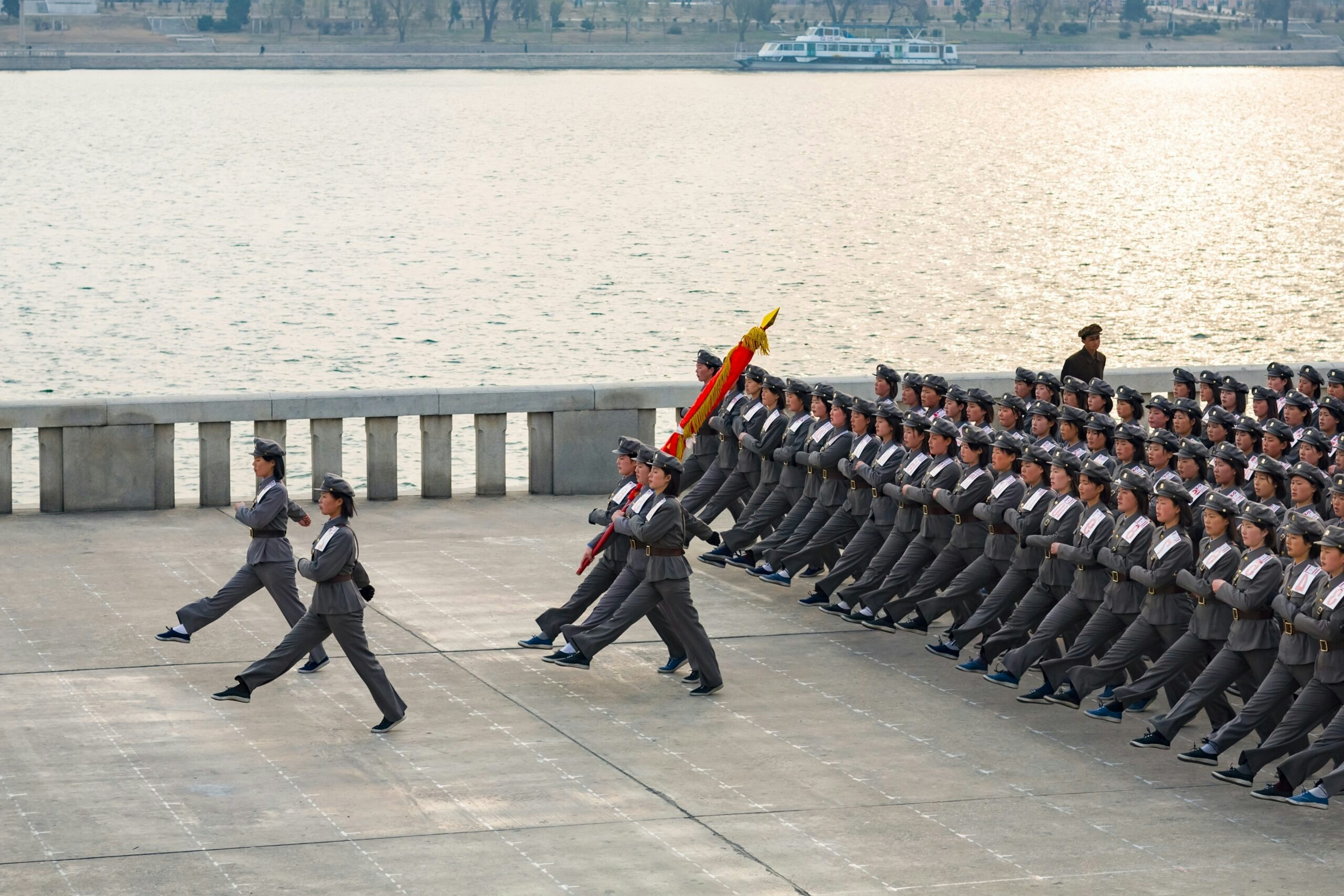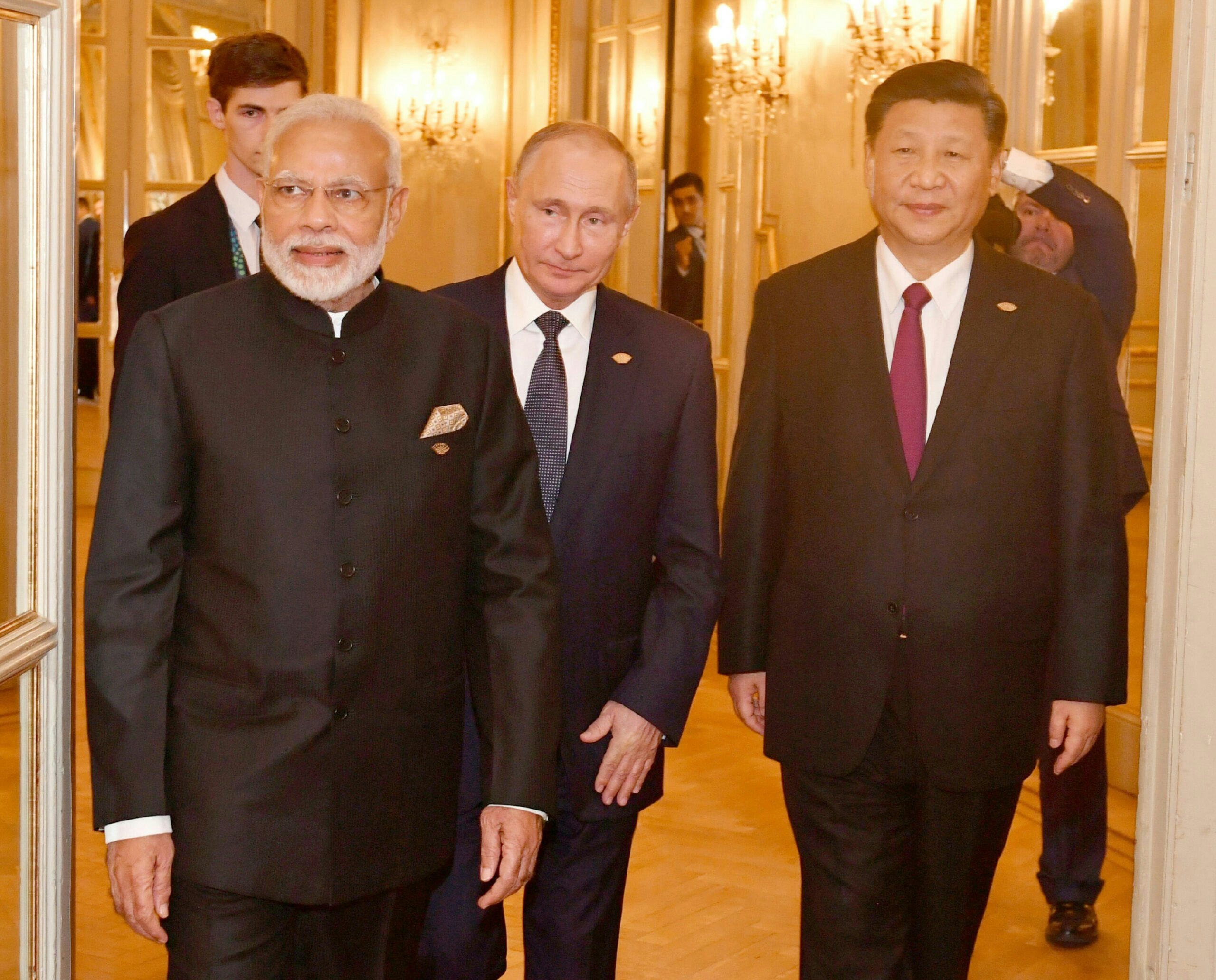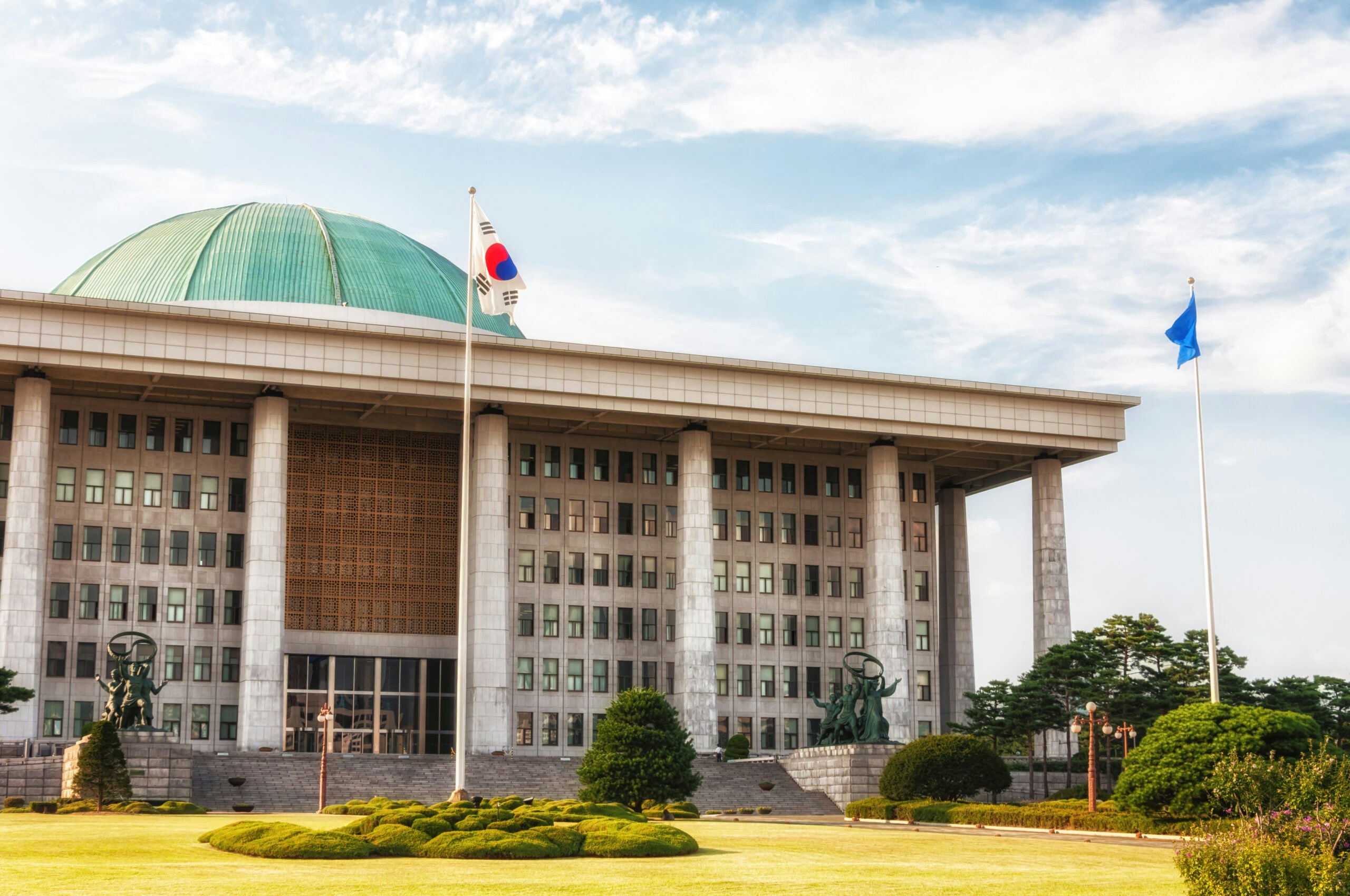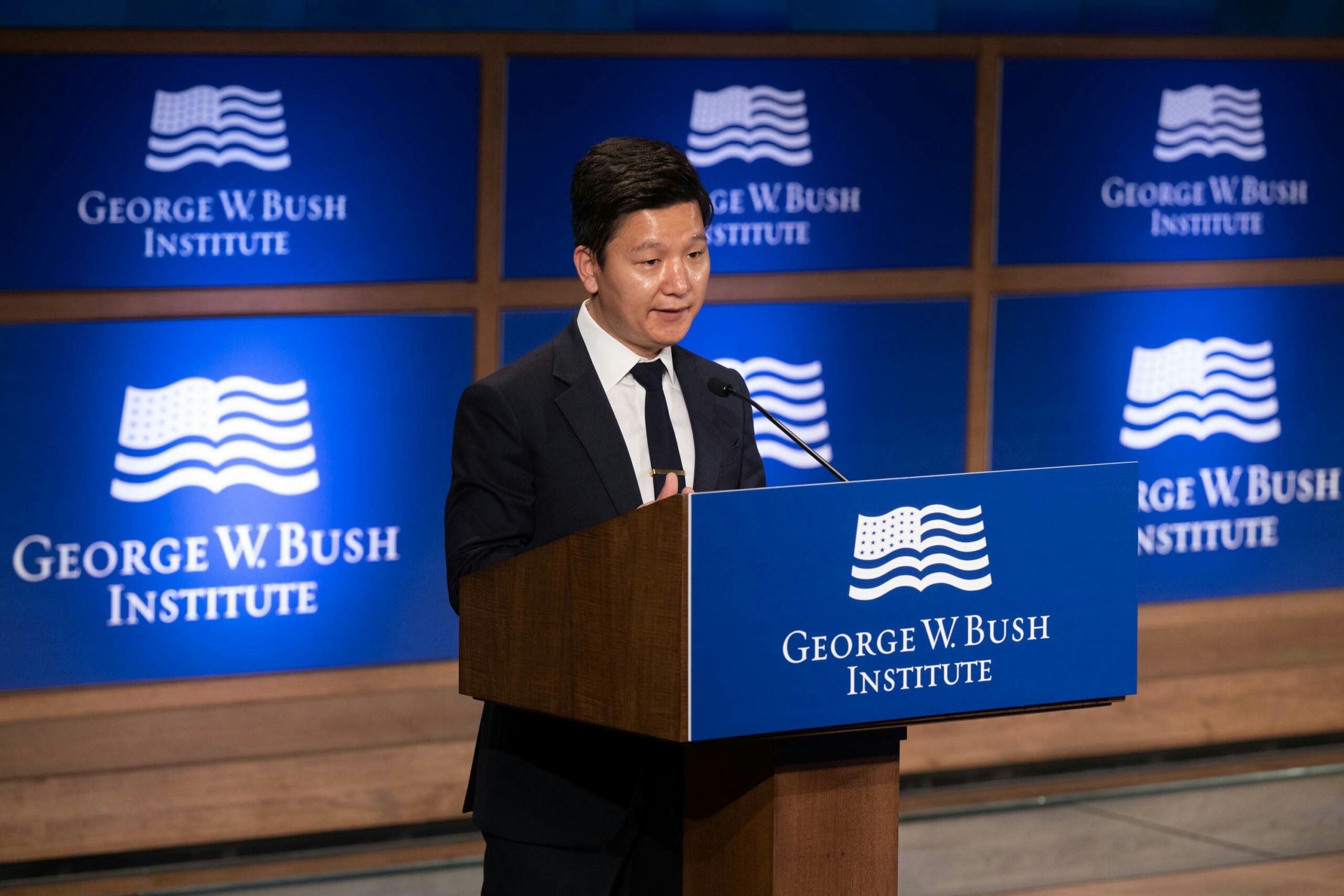While there have been tremendous gains in Afghanistan, lack of security threatens these gains daily.
World leaders at the recent NATO Summit in Brussels reaffirmed their commitment to Afghanistan’s long-term security and stability. They pledged to sustain the Afghan National Defense and Security Forces through 2024 while calling on regional powers to advance the peace effort. Ahead of the Summit, the United Kingdom announced a doubling of their troop levels, and Secretary of State Mike Pompeo traveled to Kabul to reiterate U.S. support for—and possible participation in—an Afghan-led peace process.
Afghan leaders and activists are working toward peace alongside international efforts. In early May, what started as a sit-in by eight young men and women to end violence in Helmand province turned into a peace march of 435 miles. By the time they reached Kabul 38 days later, the small group became 65, with hundreds of supporters and well-wishers at the finish.
The three-day ceasefire between the Afghan government and the Taliban during the Eid-al-Fitr holiday in June instilled a sense of hope that peace was possible. Religious leaders from 32 countries have also reinforced calls for peace by issuing a declaration urging the Taliban to denounce violence and participate in peace talks.
Is this enough to turn the tide?
The reality remains that the insurgency is alive and well. While The Taliban announced a halt on suicide attacks in cities to avoid civilian casualties, this will not mean an end to violence. They continue to reject the Afghan government’s latest offers of a ceasefire. This month alone, gunmen attacked an education department office in Jalalabad, killing at least 10 people, and an attack by the Islamic State (IS) targeted Afghanistan’s Sikh minority, killing at least 19 people. Almost 1,700 Afghan civilians were killed by conflict in the first half of 2018–the highest number for this period in any of the past 10 years.
While there have been tremendous gains in education, healthcare, and women’s rights, lack of security threatens these gains daily.
A recent UN study found that 2.6 million Afghan boys and girls—almost 44 percent of school-aged children—are still unable to access primary education. Instead, children are often sent to work, married off, or sold to settle debts due to cycles of endemic poverty exacerbated by displacement and conflict. Taliban and IS recruiters regularly target young men, one of the many reasons why thousands of unaccompanied minors have made the perilous journey to Europe to seek asylum.
Afghan women are fighting for their place at the table and making immense strides as leaders. They are politicians, businesswomen, academics, civil society activists, and more. Women do this work recognizing the immeasurable danger and societal pressure they face. Afghans surveyed by The Asia Foundation cite education/illiteracy, unemployment, lack of rights, domestic violence, and forced marriages as some of the biggest problems facing women. Eighty percent of suicide attempts in Afghanistan are made by women.
The U.S. and European countries must recognize that Afghans are not economic migrants, but rather asylum-seekers fleeing conflict and violence—and adjust their immigration policies accordingly. In addition, continued foreign assistance promoting inclusive economic development, investments in women and girls, and access to education and holistic healthcare services will help to ensure that Afghans don’t have to leave their homes in search of a better future elsewhere.
Afghanistan’s gains are fragile, but its people are not. Men and women are working courageously to build the political, social, and economic foundation of the society they desire. The international community must continue to support these efforts in every possible way while paying attention to realities and nuances on the ground.






























